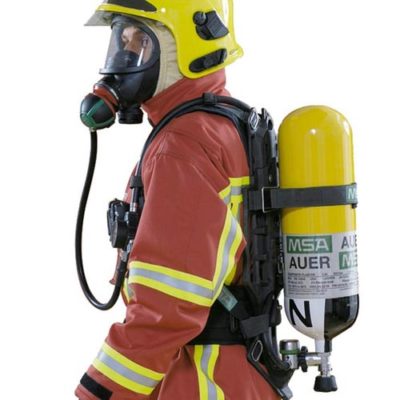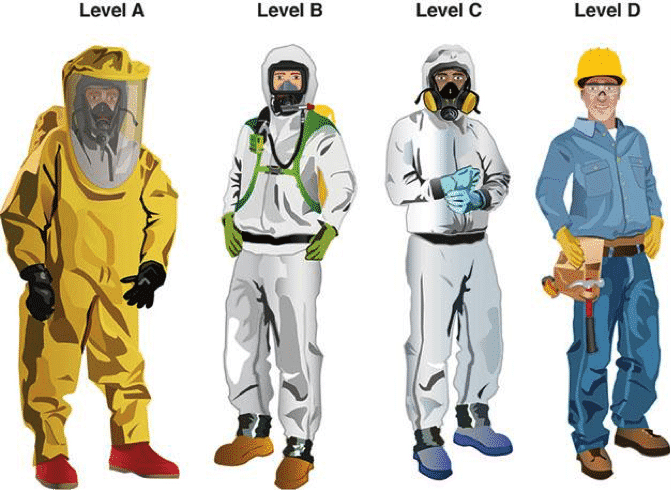
Level A hazmat suits provide protection from vapors, gasses, mists, and particles. It’s a fully encapsulating suit that comes along with an SCBA. It also includes a two-way radio to allow for open communications in the event of an emergency. Level B hazmat suits provide protection against splashes of chemical substances. The SCBA is, at times, on the outside of the suit so it does not protect against vapors. These suits also come along with a two-way radio.
Level C hazmat suits are made from the same material as level B hazmat suits. The difference between the two lies in the respiratory equipment used. Level C has more leeway for what can be used, allowing for smaller pieces of equipment. It should not be worn unless the material and amount are known. Level D hazmat suits do not protect from chemical exposure. It should only be used when there is no possibility of exposure. To give an example, firefighter turnout gear is level D.
Hazmat suits follow a comprehensive number of rules. That way they can be used as safely as possible. However, there are ways people are developing that could improve upon this. Konrad Rykaczewski is an assistant professor at the School for Engineering of Matter, Transport and Energy at Arizona State University.
Pores

The secret to these new hazmat suits comes from when Rykaczewski first moved to the desert. “It was the first time I’d lived in a desert, and I was fascinated by the flora and fauna,” Rykaczewski said. “What I noticed about prickly pear cacti is that the new pads are superhydrophobic, but the ones a season older right below them are superhydrophilic. I wondered why.” Basically, the answer lies in how much water was in the cacti. Simply, the more water on the inside the less water can go inside and vice versa. The team as ASU is now developing a smart material that will close when presented with dangerous chemicals but will otherwise remain open. That suits aren’t as oppressive on the wearer’s movement abilities. These new smart suits have the potential to be the new norm if successful with their implementation.
Take control of your Hazmat transport that can assure you transparency from the port to your destination nationwide, request a free quote today and discover your hazmat logistics solution.
For more information, follow us each week for the latest hazmat news or contact HazmatHub here.





